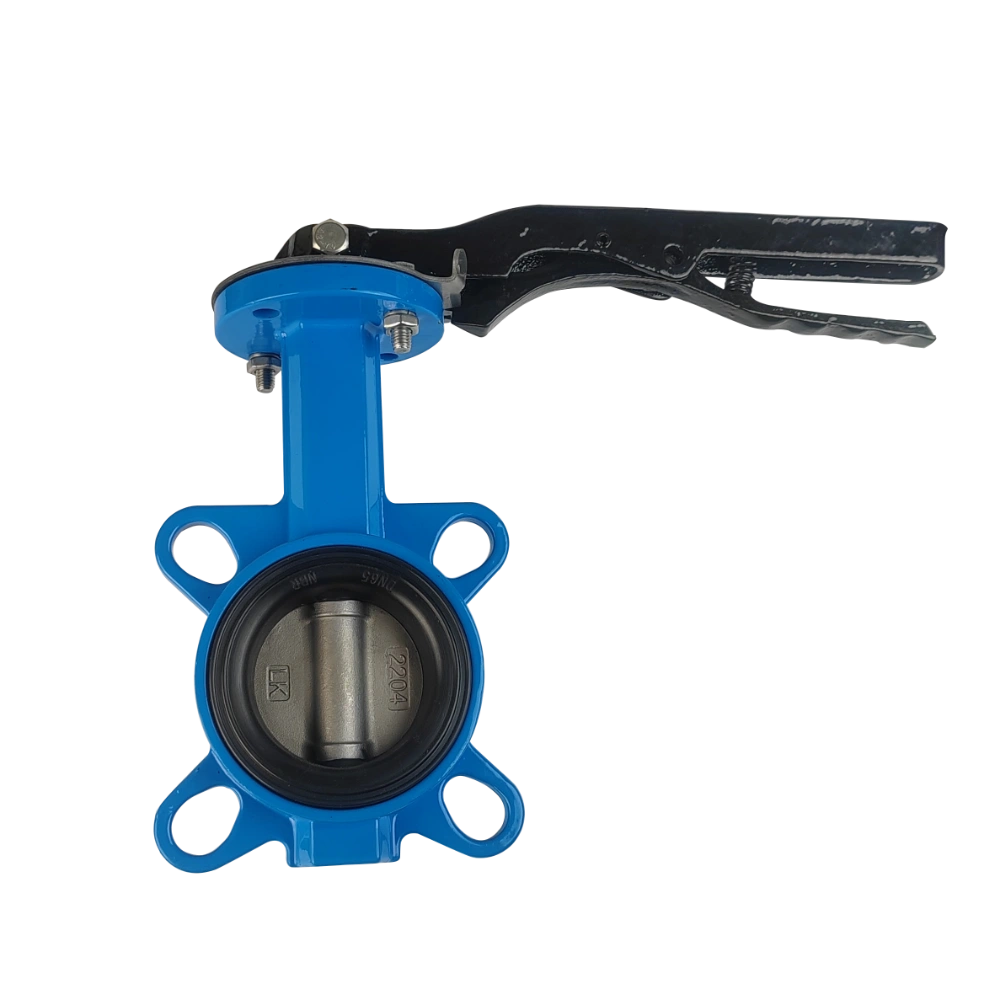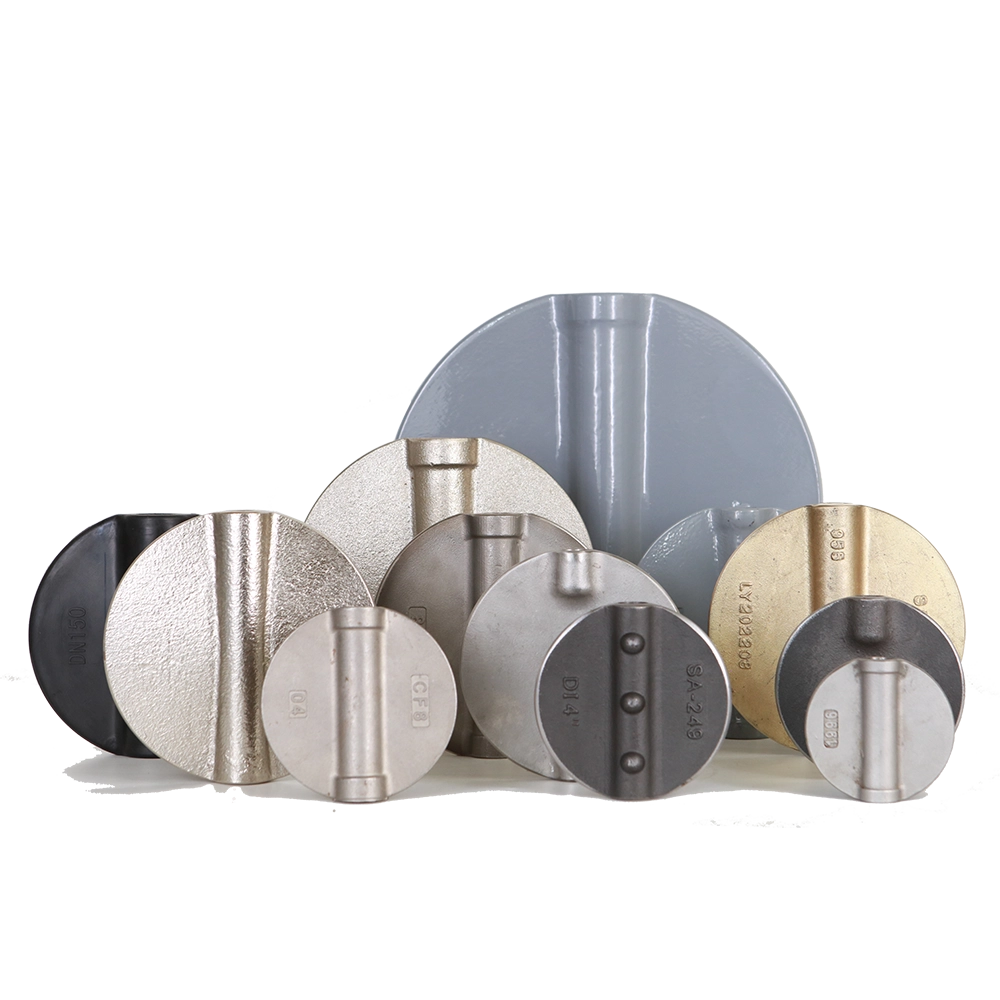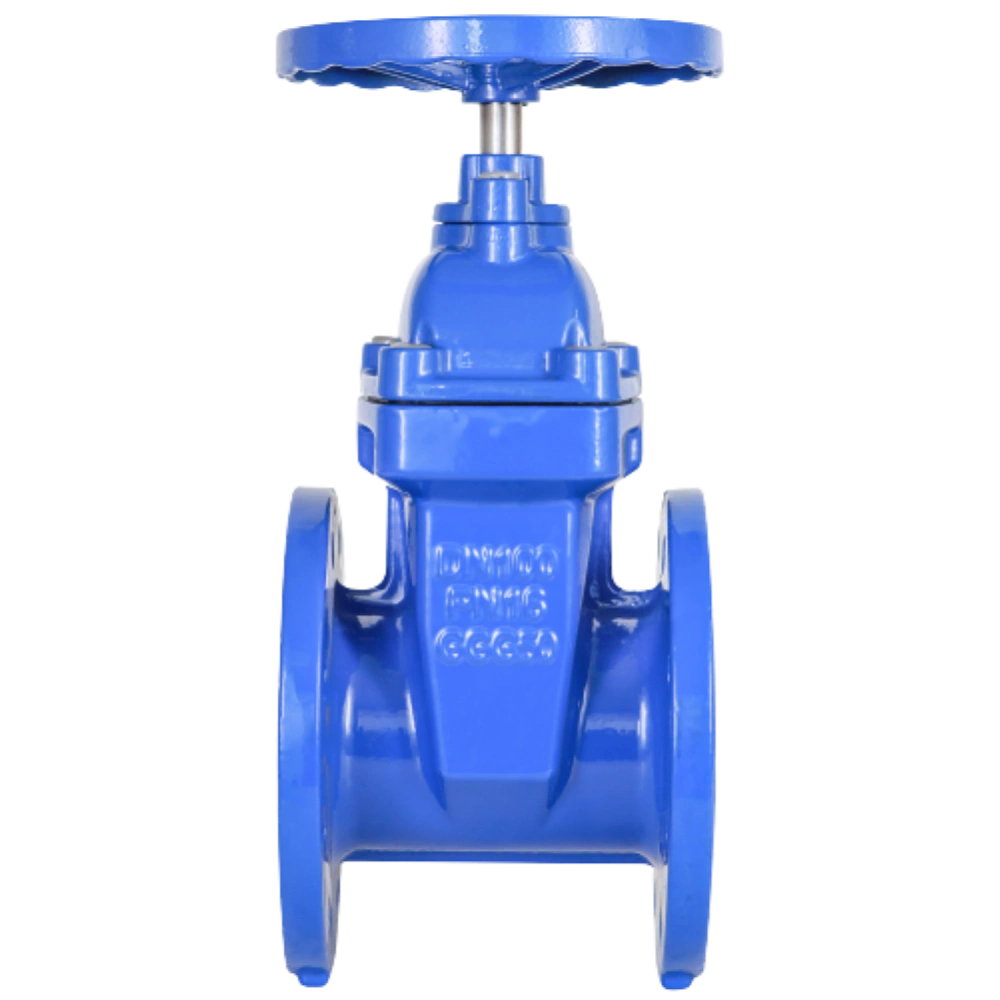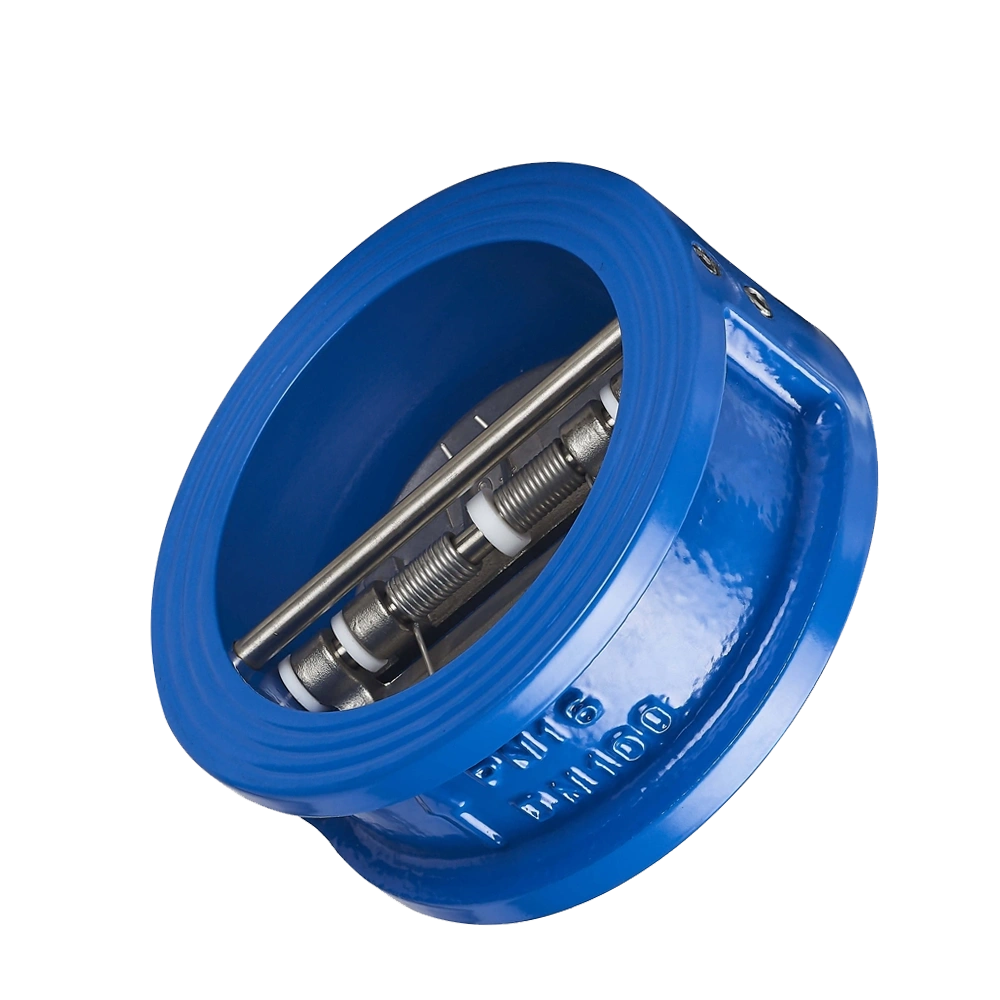As a company dedicated to valve manufacturing, we know that the right choice of valves is critical to the design and maintenance of industrial, piping and instrumentation systems. A suitable valve selection ensures proper operation of fluid system performance, reduces downtime, and avoids unnecessary safety risks.
Valve selection is an important decision during the design phase of a fluid system. Throughout the life of the system, maintenance technicians will typically replace valves and other components using the same types of components already in the system, in accordance with specifications. Therefore, choosing the right valve from the beginning is particularly critical, which will help avoid premature valve replacement, saving time and cost.
So, how do you make the right choice?
The STAMPED method is a useful guideline to help designers and technicians consider critical factors when selecting valves, and it takes into account the following conditions: Size, Temperature, Application, Media, Pressure, Ends, and Delivery. Full consideration of each of these operating conditions can guide industrial fluid and analytical sampling system professionals in selecting the right valve.
Here are instructions on how to apply the STAMPED method to your fluid system design:
S: Size
The size of the valve determines its flow capacity and must match the desired flow rate required in the system. Manufacturers typically provide a flow coefficient (Cv), which represents the relationship between the pressure drop at both ends of the valve and the flow rate. Depending on the characteristics of the fluid, calculating and using the Cv parameter can help predict the flow rate and thus select the appropriate valve size. Different types of valve orifice sizes may affect the flow of fluid through it, so the design of the valve should be fully considered during the selection process.
T: Temperature
It is important to consider the operating temperature of the valve. This includes the temperature of the system medium and the operating temperature of the surrounding environment. Fluctuations in temperature may affect the expansion and contraction of the sealing material of the valve, while at high temperatures the metal parts may lose strength and reduce the pressure rating. Be sure to contact the manufacturer to ensure that the selected valve has been thoroughly tested under extreme conditions.
A: Application
Consider the function and use of the valve in the system. Do you need to start or stop the flow of media? Regulating flow levels? Control the flow? Or protect the system from overpressure? For different functional requirements, it is necessary to choose the appropriate valve type. For example, ball valves are usually used in full open or full closed states and are not suitable for throttling or regulating flow. For throttling or regulating flow, a more suitable valve type such as a needle or metering valve may be required.
M: Media
When selecting a valve, carefully consider the fluid medium inside the system. Ensure that the material composition of the selected valve is suitable for the system medium, including the material of the valve body, seat, stem tip and other components. The characteristics of the medium may affect the corrosion resistance and wear resistance of the valve, so it is necessary to ensure that the valve material is compatible with the medium.
P: Pressure
The pressure rating of the valve must be appropriate for the operating pressure range of the system. Considering the possible pressure fluctuations and maximum operating pressure of the system, it is important to select the right pressure rating valve. The manufacturer will provide the pressure rating and operating range of the valve for reference.
E: Ends
Select the appropriate valve joint type according to the connection requirements of the system. Valve joints are usually threaded, welded, flanged and other different types, according to the system design and connection method to choose.
D: Delivery
Ensure that the delivery time and lead times of selected valves are in line with your project schedule.
Finally, we recommend that you work closely with our manufacturer team when selecting a valve, we will provide you with professional advice and assistance to ensure that you choose the best valve product for your industrial fluid system.
Thank you for your attention and support. If you have any questions or cooperation intentions, please feel free to contact us. We look forward to working with you to create a safer and more efficient industrial fluid system.




